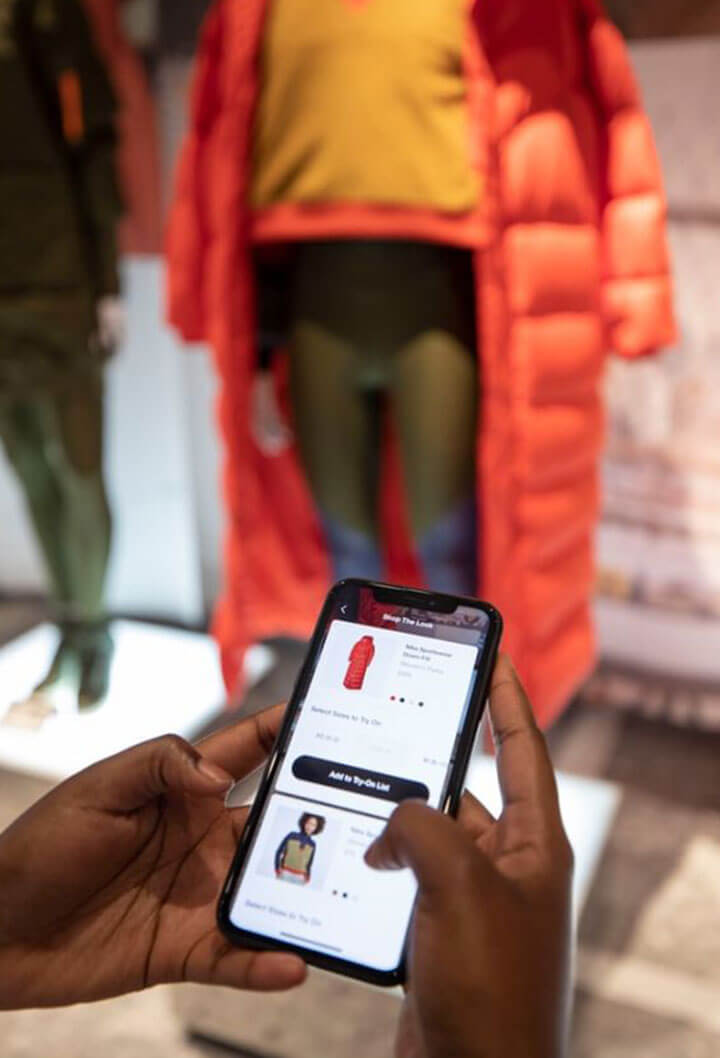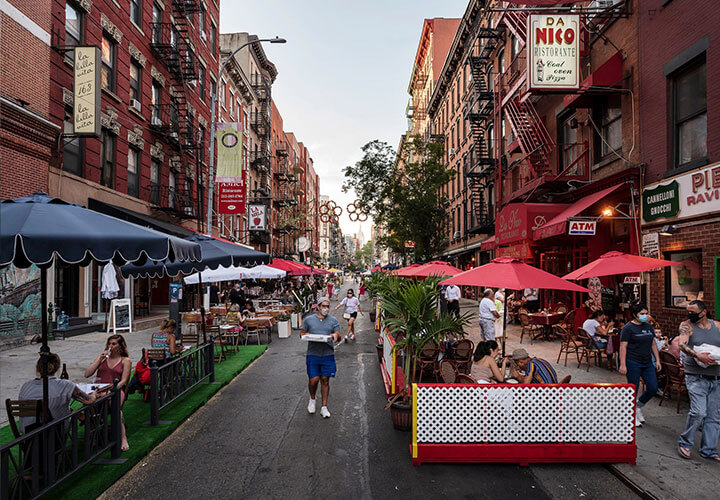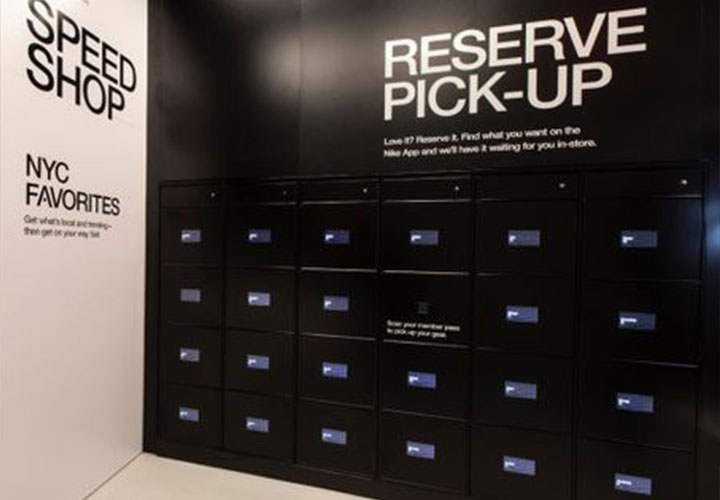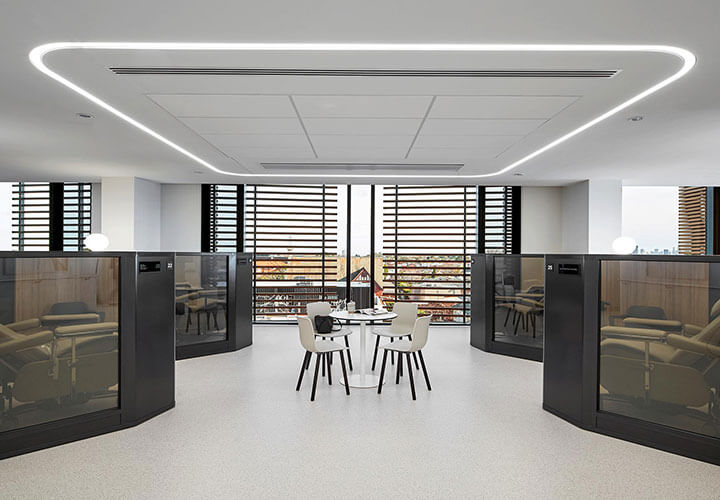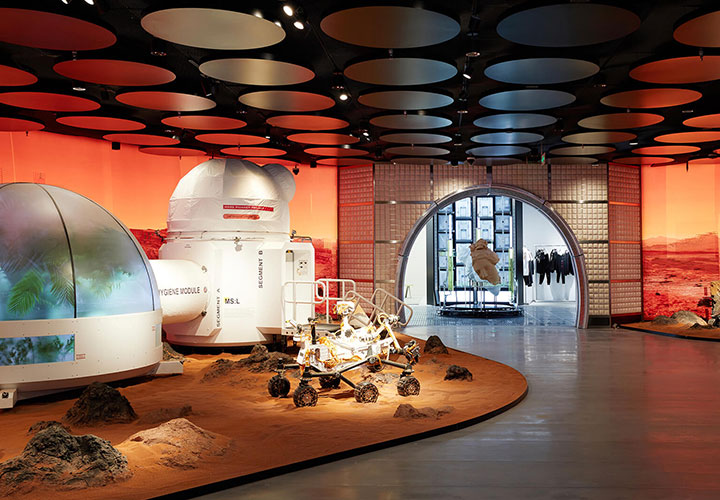Sydney’s current lockdown is a sombre reminder that COVID isn’t going anywhere any time soon. How can we reimagine built environments to help life get back to normal?
Last year, BrandCulture published a series of articles examining the future of built environments in a post-pandemic world. As Sydney enters its third week of lockdown, it seems like a good time to reflect on how even small changes to existing environments will help to make them safer and more resilient. Here are a few tactics to consider.
Reopening schools and campuses
Schools and universities will need an even more rigorous approach to occupancy planning. As Gensler says, in future, we’ll need campuses that can “flex at a moment’s notice”. This means better space management utilising traffic sensors, more multi-purpose areas, classrooms with multiple configurations – all supported by a wayfinding system that reminds students of new paths and procedures. It’s a good time to invest in digital signage, which can be updated in real-time, and touchless wayfinding solutions like QR codes that send maps directly to student’s phones.
Hotels, bars and restaurants
After being cooped up in our homes again, Sydneysiders will seek out exotic hospitality destinations that feel nothing like our homes. Expect to see more decadent, surreal, other-worldly interiors and experiential graphics. Meanwhile, Parisian-style outdoor street dining is going global. Last week, New York State announced it would allow restaurants to use sidewalks and streets for another year. If local councils follow suit in Sydney, it will completely reenergize our street culture.
As for hotels, it’s the perfect time to upgrade to a digital wayfinding system, which keeps people out of harm’s way with real-time alerts and updates. To minimise staff interaction, provide maps and directions before check-in by sending directions directly to people’s mobile phones or via signs embedded with QR codes.
Retail hubs and shopping centres
It’s time to move beyond makeshift measures like tape on floors, handwritten signs and ugly screens and shields. Shopping centres will need digital tools to deliver information in the here and now, and ‘playbooks’ to prepare for any scenario.
Many shops are also becoming ‘phygital’ spaces infused with digital innovations. Nike’s flagship store in New York is an excellent example: shoppers with the Nike app can avoid queues, make contactless purchases or book appointments with stylists.
Now comes the fun part: experiment with motion graphics to create immersive experiences; biophilic designs to create stress-reducing environments; and play with texture, sound, light and smell to engage the senses. It’s worth investing in designs that put the customer experience at the heart of your survival strategy.
Public spaces
Cities of the future will work more like an ‘accordion’ with areas that can expand and contract as needed. Resilient cities will need more agile wayfinding systems that use ‘big data’ to understand population flow.
We have a window of time to make the public realm so much better. Busy streets are being converted into cycleways, outdoor restaurants and car-free zones. As wayfinding designers, we’re excited to be helping to repurpose cities for people, not cars.
Offices and workplaces
This time around, employers will need more robust measures to alleviate the anxiety of returning to work. Wayfinding cues will continue to remind people to keep their distance and “nudge” behaviour. Longer-term, designers may need to consider materials with antimicrobial properties woven into them. We expect to see more automation and voice-activation to avoid having to touch doors, buttons and handles, and digital wayfinding that enables more flexible floorplans. To entice workers back to the office, many offices will need to be revamped to create inviting spaces where innovation can flourish.
As HBR observed: “It’s possible that we’ll look back on the pre-pandemic workplace and think it was strange that offices were largely one-size-fits-all — that the headquarters of a legal firm, a newspaper, and a technology company could all look and operate much the same.”
Hospitals and healthcare campuses
Hospitals will need to triage walk-in patients before they arrive, separate flows in areas prone to bottlenecks, and reassess spatial allocations in times of surge. When designing the Gandel Wing at Cabrini Malvern in Victoria, Bates Smart used the same footprint or “module” for rooms on each floor. This means if Gandel Wing needs to transform entire floors into airlocked isolation rooms, for example, it can be done quickly using partitions and joinery.
Pictured below: Nike’s flagship store in New York City (photo by Nike via Fast Company); outdoor dining in New York via NY Times; Gentle Monster designed these otherworldly interiors at SKP-S shopping mall in Beijing.
If you’d like to make your COVID safety plan more robust and resilient, please get in touch: [email protected]
